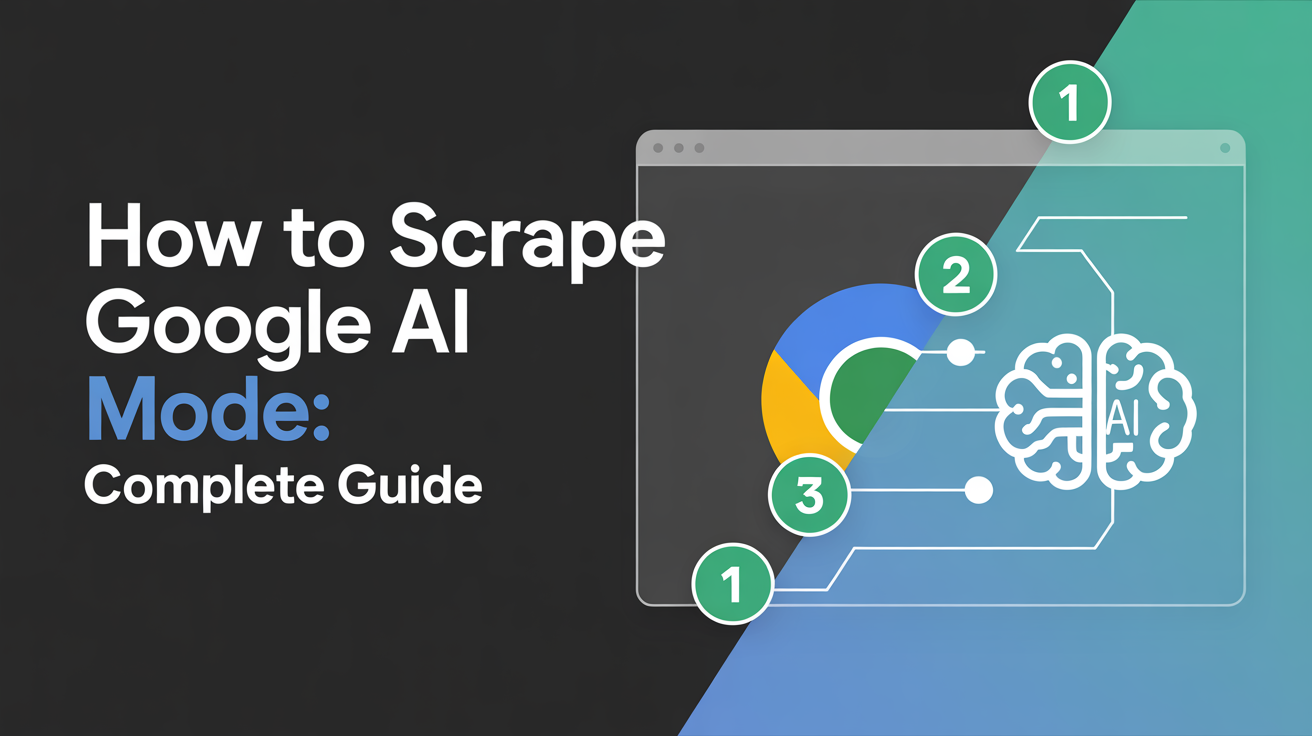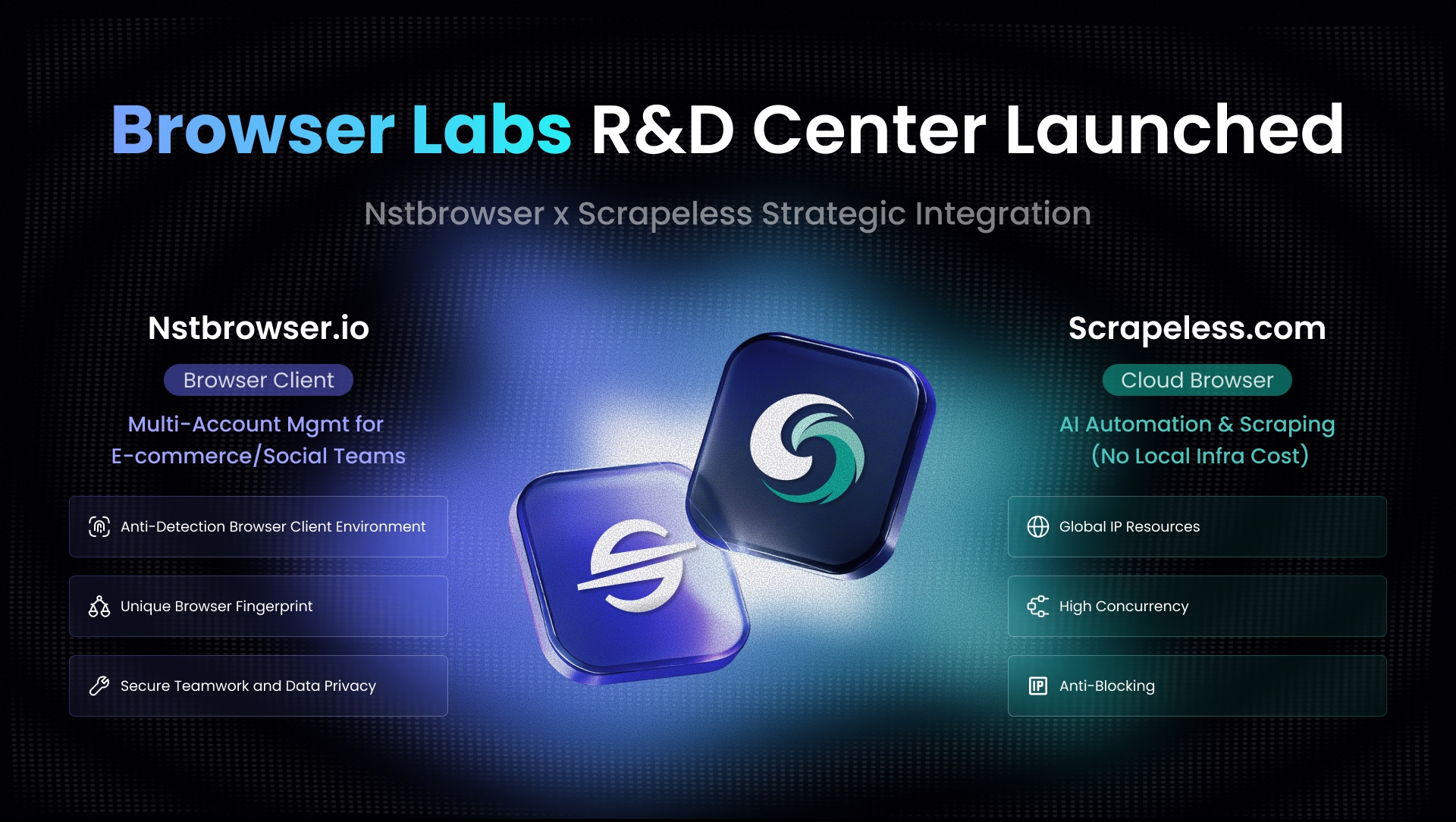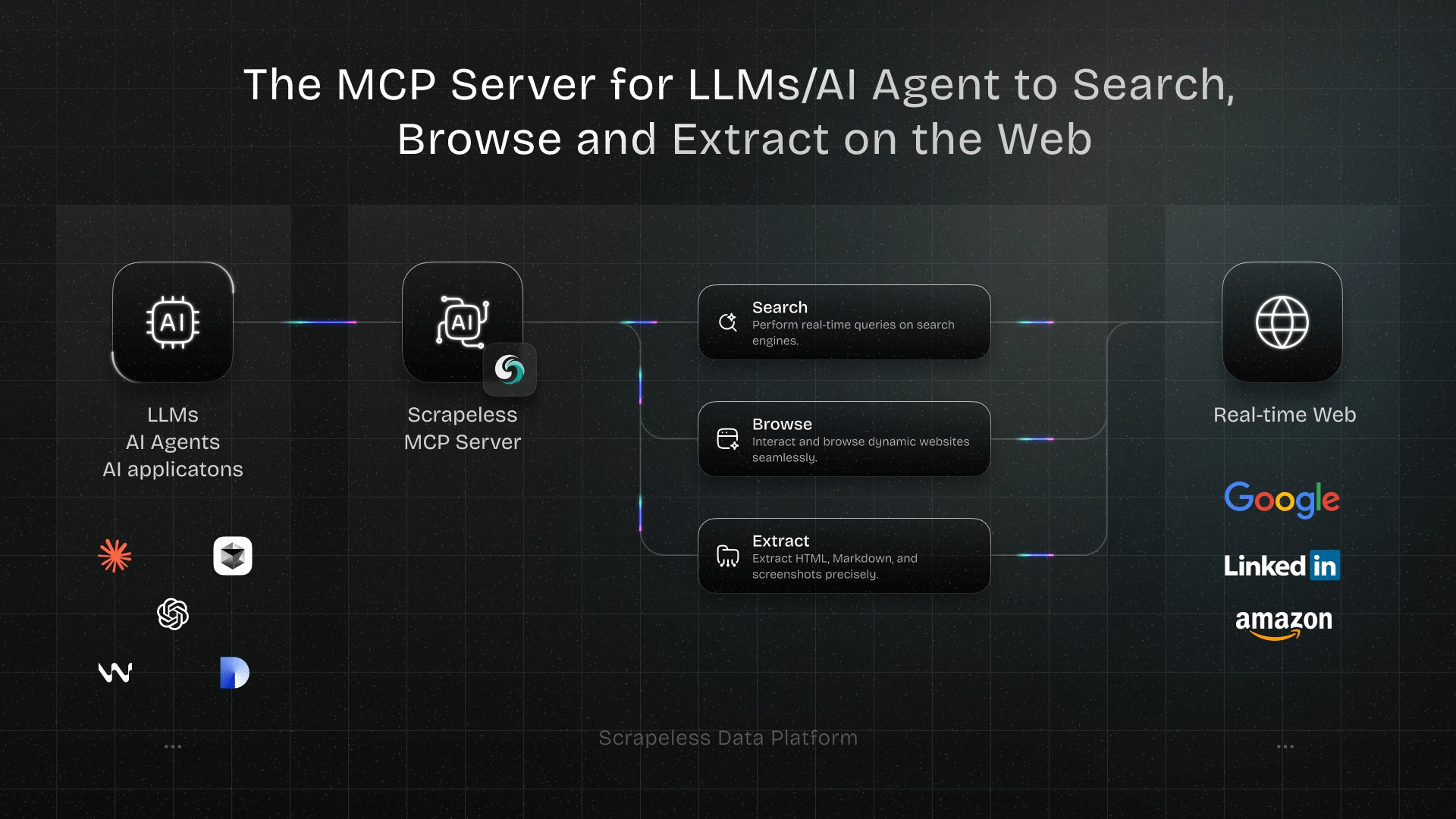How to Scrape Google AI Mode: Complete Guide
Expert Network Defense Engineer
Scraping Google has always been a challenging task due to its sophisticated anti-bot mechanisms. With the rise of Google AI Mode in search results (AI-powered overviews, summaries, and answers), many developers and data teams now ask: How to Scrape Google AI Mode efficiently and safely?
This guide provides a step-by-step approach to scraping Google AI Mode, covering the technical pitfalls, setup strategies, tools, and code examples to extract structured data from AI-powered SERPs.
Why Scraping Google AI Mode is Different
Before jumping into “How to Scrape Google AI Mode,” it’s important to understand why this is not the same as scraping traditional Google search results.
- Dynamic rendering: AI Mode content is injected after page load using client-side JavaScript.
- Rate limits & CAPTCHAs: Google aggressively detects automated traffic.
- Complex DOM structures: The AI Mode box often uses nested shadow DOM elements.
- Frequent changes: Google updates its experimental UI frequently, breaking static scrapers.
This means scraping Google AI Mode requires browser automation rather than simple HTTP requests.
Step 1: Choosing the Right Scraping Approach
When deciding How to Scrape Google AI Mode, you generally have three options:
-
Headless Browsers (Playwright/Puppeteer)
- Render the full page, execute JS, and extract AI Mode content.
- Best balance between accuracy and flexibility.
-
Third-Party SERP APIs
- Some scraping APIs already support Google AI Mode output.
- Saves time but adds external cost.
-
Hybrid Approach
- Use an API for scale, fall back to headless browsers for complex cases.
Step 2: Setting Up Browser Automation
Here’s a Python + Playwright example to demonstrate How to Scrape Google AI Mode:
python
from playwright.sync_api import sync_playwright
def scrape_google_ai(query):
with sync_playwright() as p:
browser = p.chromium.launch(headless=True)
page = browser.new_page()
# Open Google Search
page.goto(f"https://www.google.com/search?q={query}", timeout=60000)
page.wait_for_timeout(5000) # allow AI Mode to render
# Try to locate AI Mode container (CSS may vary)
ai_selector = "div[role='complementary']"
content = page.inner_text(ai_selector)
print("AI Mode Content:\n", content)
browser.close()
scrape_google_ai("best programming languages 2025")👉 This approach ensures the AI-generated content is fully rendered and extracted.
Step 3: Handling Anti-Bot Challenges
If you want to succeed with How to Scrape Google AI Mode at scale, you must handle anti-bot mechanisms:
- Rotate User Agents
- Use Residential Proxies (datacenter proxies get blocked fast)
- Respect Rate Limits (1–3 requests per second)
- Implement Retry + Backoff
Example with random User-Agent rotation:
python
import random
USER_AGENTS = [
"Mozilla/5.0 (Windows NT 10.0; Win64; x64)...",
"Mozilla/5.0 (Macintosh; Intel Mac OS X 10_15_7)...",
]
headers = {"User-Agent": random.choice(USER_AGENTS)}Step 4: Extracting Structured Data
Google AI Mode responses are long-form summaries. To structure them, you can use NLP techniques:
python
from bs4 import BeautifulSoup
import re
html = """<div role='complementary'><p>AI says Python is great...</p></div>"""
soup = BeautifulSoup(html, "lxml")
text = soup.get_text()
keywords = re.findall(r"\b[A-Z][a-z]+\b", text)
print("Extracted Keywords:", keywords)This ensures raw AI Mode text is converted into structured data for downstream analysis.
Step 5: Scaling Your Crawler
If your goal is How to Scrape Google AI Mode at scale, you’ll need:
- Task Queues (Redis/Kafka) for distributing queries
- Cloud Execution (AWS Lambda / GCP Cloud Run) for parallel crawlers
- Storage Layer (MongoDB, PostgreSQL, S3) to persist AI Mode data
Using Scrapy Cluster or custom job schedulers will help manage millions of queries.
Common Pitfalls When Scraping Google AI Mode
Even with the right tools, developers face common issues:
| Pitfall | Impact | Solution |
|---|---|---|
| Google detects automation | Captchas / IP bans | Residential proxies + human-like delays |
| AI Mode not rendered | Empty data | Wait for JS execution with Playwright |
| DOM selectors break | Script failure | Use resilient XPath/CSS + fallbacks |
| Too many queries | Blocked | Implement rate limiting + distributed crawling |
Conclusion
Learning How to Scrape Google AI Mode is not just about extracting text—it’s about handling dynamic rendering, anti-bot challenges, and data structuring.
By combining browser automation (Playwright/Puppeteer), proxy rotation, and scalable infrastructure, developers can reliably extract AI-powered results from Google and turn them into structured datasets.
If you need production-level reliability, consider hybrid approaches with SERP APIs plus headless browsers for maximum flexibility.
At Scrapeless, we only access publicly available data while strictly complying with applicable laws, regulations, and website privacy policies. The content in this blog is for demonstration purposes only and does not involve any illegal or infringing activities. We make no guarantees and disclaim all liability for the use of information from this blog or third-party links. Before engaging in any scraping activities, consult your legal advisor and review the target website's terms of service or obtain the necessary permissions.



